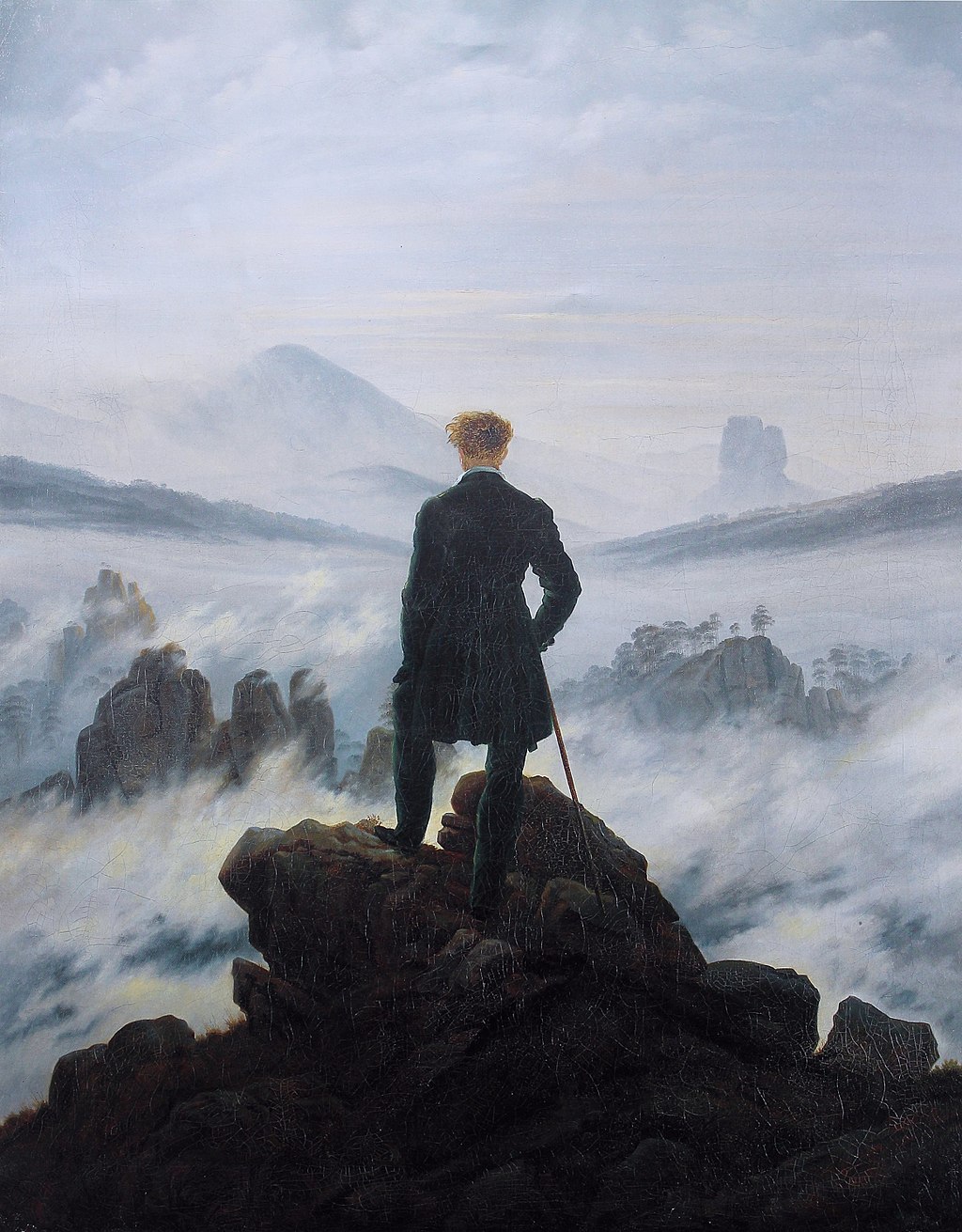I was listening to a podcast of “The Remnant” the other day, on which Jonah Goldberg made the observation that while political conservatives have usually gotten their ideals from the past, progressives have looked to the future. It struck me how much this applied to the history of architecture. Architecture has traditionally been conservative, not only because buildings were expensive and had to last a long time, but also because clients—the monarchy, the Church, and the merchant class—were conservative. For centuries, architectural ideals were rooted in ancient Greece, Rome, and the Middle Ages. This began to change at the end of the nineteenth century, as evidenced by the Art Nouveau movement, and was later fully realized by the utopian ideals of Russian constructivism and German modernism. Goldberg noted that while the danger for the conservative position is the attraction of nostalgia, it is precisley the draw of utopianism that is the danger for the progressive left. This is particularly dangerous for architecture because while past experience can provide a solid foundation for the art of building, the idealized future is unknown—and unknowable.

Wanderer Above the Sea of Fog, Caspar David Friedrich, c. 1818
